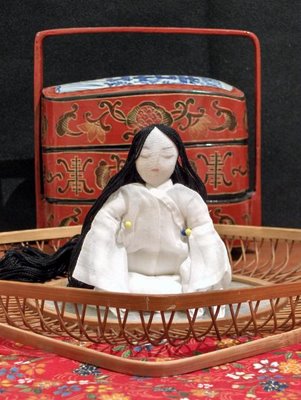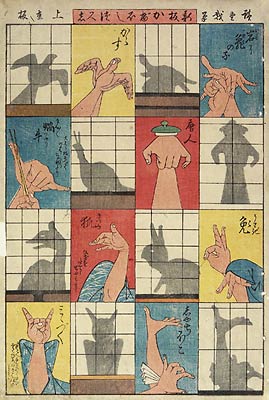
Some of you might know that I occasional write for arts journals.
The critical writing process is always a challenge. The challenge involves exploring my subjective experience while balancing it with exploring the aims of the artist. In the words of Delacroix, "Beauty must be seen where the artist has chosen to put it."(1854) This means that I must suspend my first reactions so that they may be carefully examined, with the understanding that my immediate preferences might not be suitably prepared to accept something new. If I might quote Eugene Delacroix again, "A Greek and an Englishman are each of them beautiful in their own way, which has nothing in common with the other." (1893)
This examination will always be subjective and any knowledge and research I do will still be a personal interpretation. I feel it is always important to remember that while it might be an informed opinion it is still an opinion, much like that of a doctor of medicine, one doctor's opinion is not the equal of another's simply via the virtue of being a doctor.
The considerations made while considering art needs to be clear. Art can be thought of in both a high and low light. High - it touches the human condition, it feeds the soul, its piquancy embodies a wisdom and mastery of form. Low- it looks good next to my lamp.
There are many things that look good next to lamps. I enjoy them just as much as the next person. But am I only to consider a work's or object's goodness based upon such a limited criteria? Unfortunately, its very difficult to remove this level from consideration completely because it belongs to the gestalt of its time. Because it is impossible to remove entirely means that a review or an essay is always a criticism; that is, it shows some preference even if that preference is signaled merely by the its inclusion in a magazine or journal, it has been chosen over others (perhaps more worthy options).
Responsibility is something that haunts me whenever I'm asked to review an exhibition or write on art. To be responsible for my judgments and words I probe the possibilities the work possesses and try to come to terms with it analytically. I try to encounter the work as clearly as I'm able and to offer that journey to others. But I often shy away from direct criticism partly because these will stem for my preferences, partly because I don't wish to impose my preferences onto the artist, and partly because I'm aware that my preferences are often set at an incredibly high standard and my opinions might be unreasonable harsh, that is, wont allow much room for fluff. These stem from my subjectivity, my ignorance and my pig-headedness, but they equally stem from my passion for art, my belief in its value and my desire to have people do their very best and become unshackled from those restrictions that bind them to lousy conventions and mediocre sentiments.
Lately, I've had to look at my responsibility and consider what kind of critic I wish to be. Do I just want to write in the third person and try to pretend that I'm objective and that I'm writing some kind of faraway truth? Or be merely a reporter, giving the facts and details? Or a writer who follows the popular line and writes about what is considered the trend? Or rather a vocal advocate of a vision of art - that is, write something I feel passionately about, so I can truly and honestly release my feelings within the body of written word.... I have felt stifled by the form of writing about art; as stifled as the early Impressionist painters must have felt stifled by the careful rules of the academy paintings of the day. I prefer writing that actually effects people and exposes them to the potential of art and of artists, instead of trapping them into a pseudo-science that assumes to give art its dignity. If I cannot find a forum in magazines or in traditional outlets then I will by pass them and find my own way, but at least it I will be responsible to my own inner needs rather that selling out my words.
I will continue to wrestle with these thoughts for a long time yet I'm sure..it is part of the 'work'. I will search for veritas within myself and within art, trying to find my voice...it is all I can do.
**I made the graphite pencil drawing above in 2003, it is a study of the painting, "St Augustine of Hippo" (Catholic Patron Saint of Theology), 1660 by Champaigne, from the Los Angeles County Museum collection.
Tags:






























